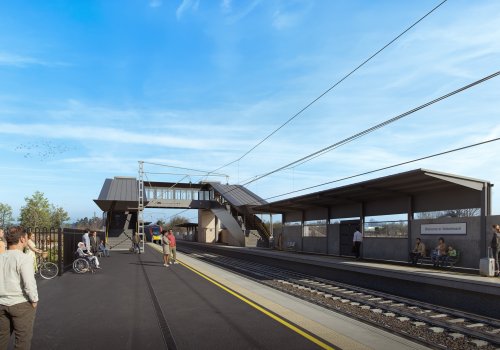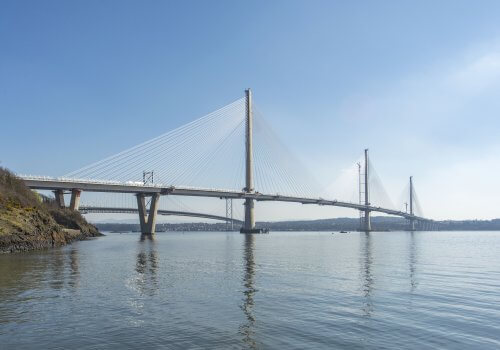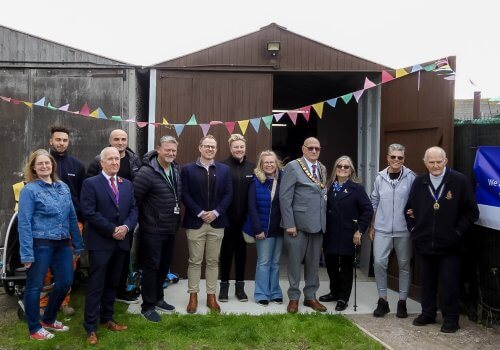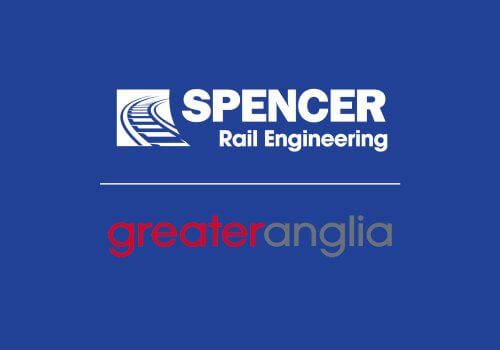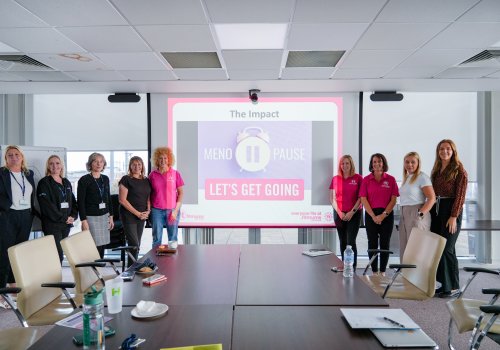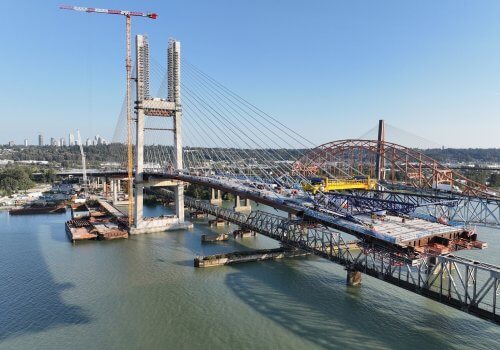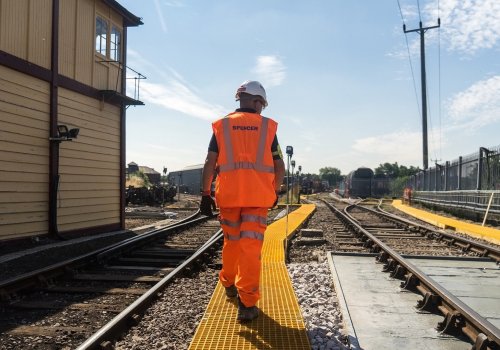Spencer Bridge Engineering has reached a major milestone in a complex project to deliver a unique access system for a state-of the-art new bridge in Canada.
The bridge engineering specialist has successfully undertaken the Factory Acceptance Testing of a bespoke Stay Cable Mounted Access System to be used to inspect the stay cables on the Province of British Columbia’s Pattullo Bridge Replacement Project.
This is a major milestone for the collaborative project and the system is now en route to Canada, where it will be installed and commissioned by a Spencer Bridge Engineering team to provide long-term asset integrity for the crossing.
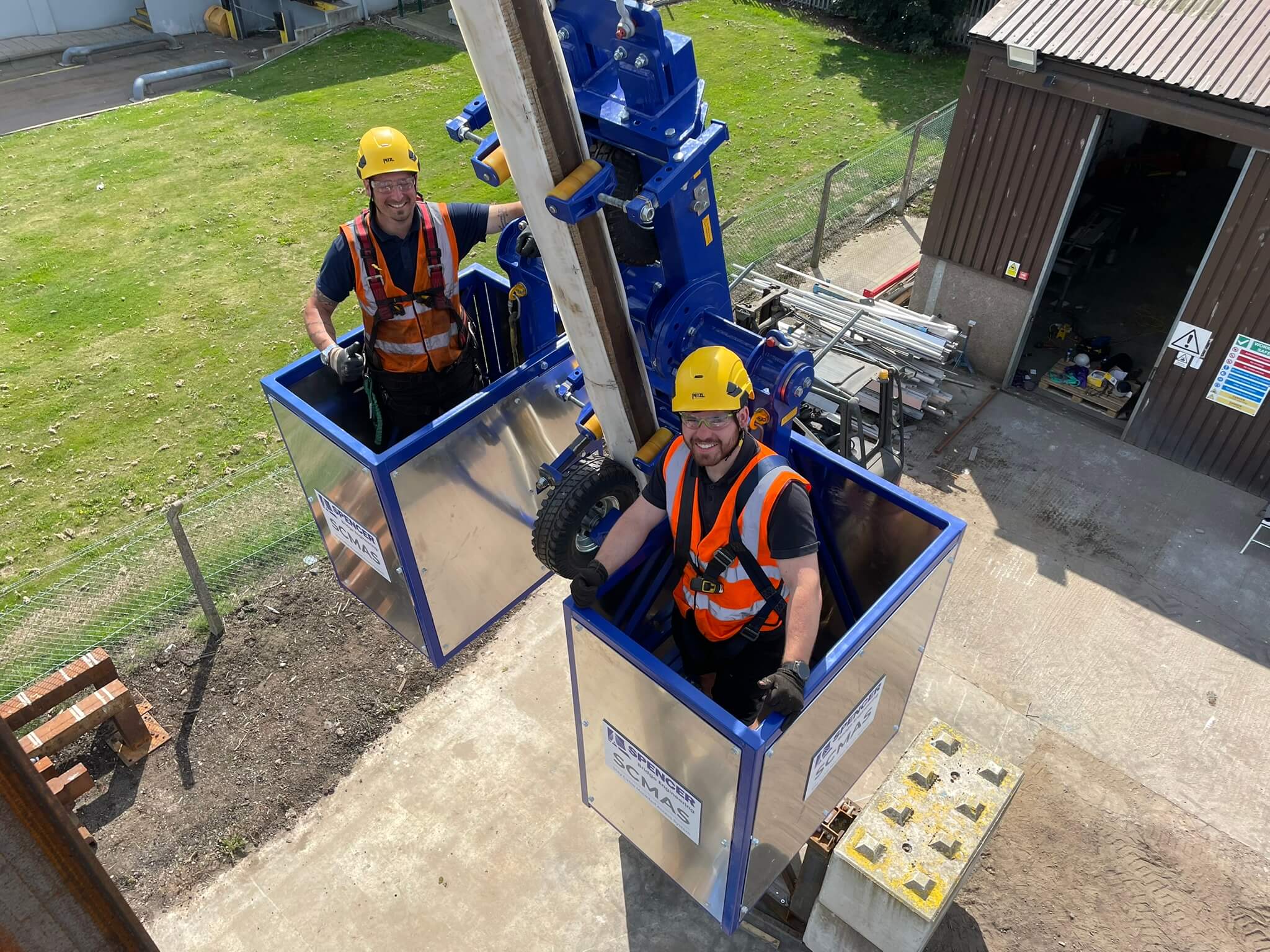
The system was designed by Spencer Bridge Engineering’s experienced in-house design team. Now, after undergoing rigorous Factory Acceptance Testing in the UK, witnessed by representatives of the Canadian client, Fraser Crossing Constructors General Partners (FCCGP) which is a 50/50 joint venture between Acciona and Aecon, and a third-party checker, the access system has begun its month-long journey to Canada by sea freight.
The Pattullo Bridge, which crosses the Fraser River near Vancouver, British Columbia, is a key connection between the municipalities of Surrey and New Westminster.
Opened in 1937, the existing bridge does not meet modern design standards and a new bridge is needed to maintain this critical link between the two communities. The Pattullo Bridge replacement will provide major improvements for drivers, cyclists and pedestrians.
Working on behalf of FCCGP, Spencer Bridge Engineering is delivering the design, manufacture, testing and commissioning of the semi-permanent access system, which will enable maintenance engineers to inspect all elements of the bridge’s stay cables.
The Spencer Bridge Engineering team went through an intense and challenging design and testing process to create an access system tailored to the specific requirements of the new bridge, with clear communication and collaboration between all parties key to the project’s success.
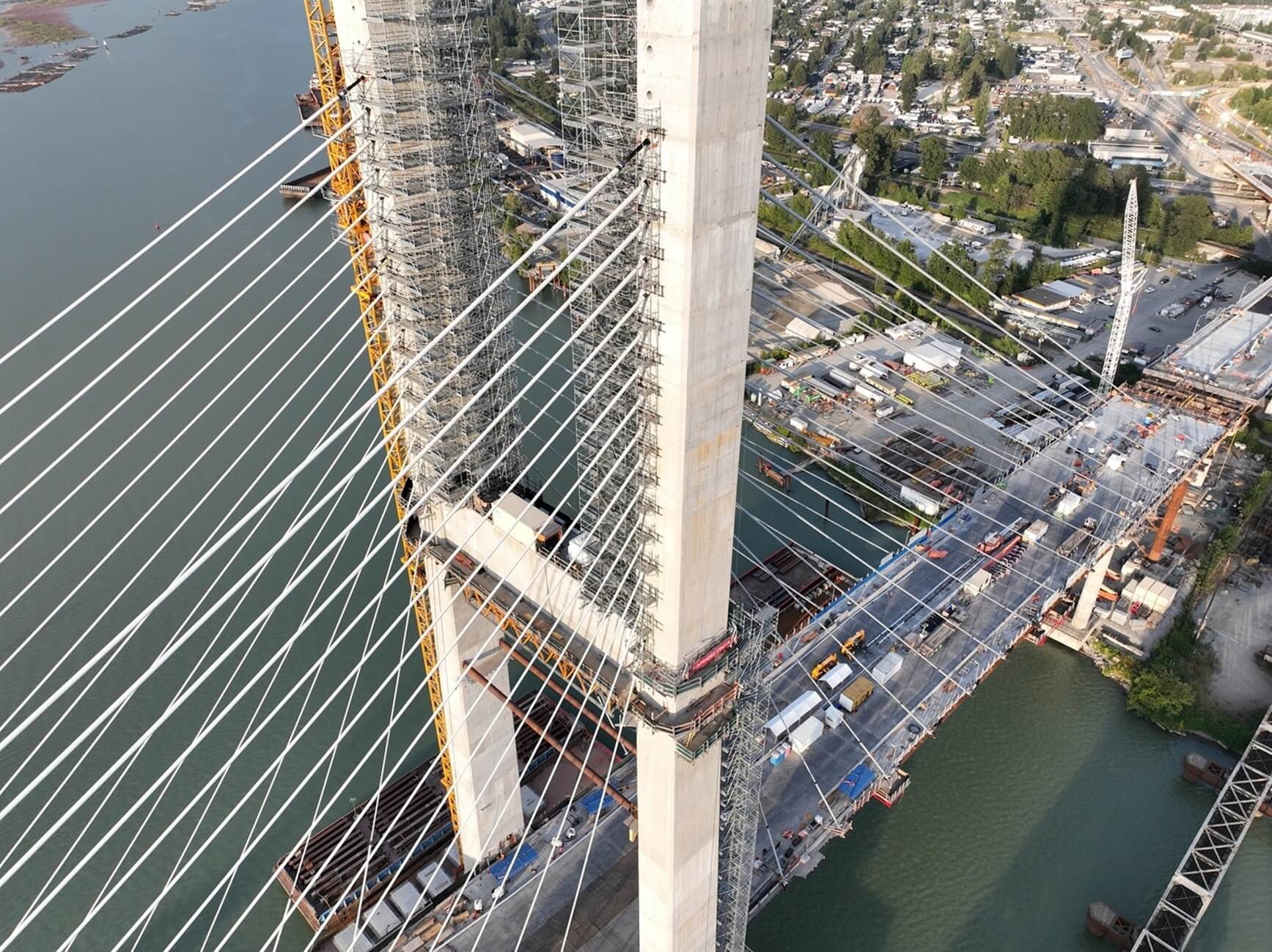
The cradle chassis can be quickly adjusted to adapt to the various stay cable angles on the bridge, from the longest (320m) at 24 degrees incline, to the shortest (50m) at 72 degrees incline. This ensures that the cradle remains level throughout the inspection operation at all locations.
Spencer Bridge Engineering Project Director Stephen Bunting said:
“Not only does Spencer Bridge Engineering have a strong track record of designing and building bridge access systems, but we are also experienced in carrying out principal inspections on moving gantries.
“This experience has enabled us to develop a detailed understanding of common problems and take that knowledge into the design process in order to eradicate them.
“The project has been particularly challenging to find the right design solution and I’m extremely proud of our design and operations team and supply partners who have been pivotal in getting us this far. Thank you as well to FCCGP for being an excellent client.”
Senior Design Engineer Harry Towle added:
“The concept for this access system is unique in several ways, meaning it has been a particularly complex project.
“The winching system, which incorporates a bespoke control system with numerous sensing devices and key safety features, has not been done before, but our in-house designer’s extensive knowledge and experience enabled us to develop this unique system to provide the safest and most effective access solution.
“The system has also been designed and built to European standards, but is operating under Canadian standards, which has meant that the design journey has had to satisfy dual compliance.
“One of Spencer Bridge Engineering’s biggest strengths is our collaborative approach to all projects; in this case, working closely with FCCGP and our trusted manufacturing partners to produce this unique access system which has now successfully passed Factory Acceptance Testing.”
